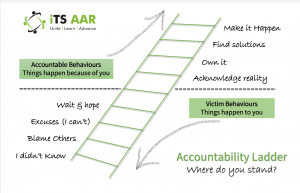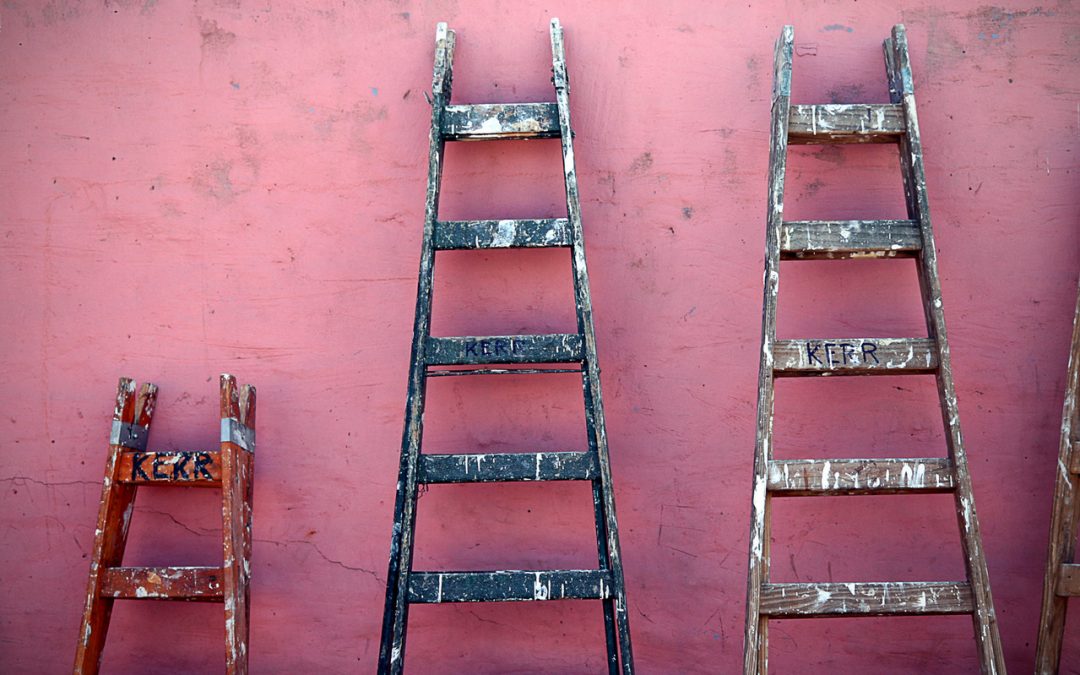“We are taught you must blame your father, your sisters, your brothers, the school, the teachers – but never blame yourself. It’s never your fault. But it’s always your fault, because if you wanted to change, you’re the one who has got to change.” Katharine Hepburn
Katharine’s quote reflects an uncomfortable truth. The culture we live and work in continually reinforces this teaching that there is someone to blame. Every week there will be a tabloid news story centred around a difficult issue being blamed on some individual or some organisation. It seems that the more complex or emotive the topic, the more likely it is that, instead of acknowledging the sadness or complexities of the issue, the story will be one of anger towards a single person or an organisation. When things are hard to comprehend or explain, it can be easier to find fault and reduce things to a black and white situation. We saw this recently in the UK with the reporting of the death of a popular TV celebrity, Caroline Flack, trying to pin the blame on the tabloid press, the police and the culture when in reality the causes of suicide are never that simple.
The pleasures of blame
At the individual level, when something feels uncomfortable it can be easier to distance oneself from it and blame something outside of the self. My daughter told me how one of the senior people in her office blamed her when he missed his flight today. She had booked it for him at the time he requested so we know the reality is he failed to leave enough time to get to the airport, but his frustration with himself was instead converted into blame of a more junior colleague.
Yet despite this being quite unfair, we can all recognise there is something very satisfying in discharging our anger when something goes wrong. I swore (quietly) yesterday at the packaging designers when I couldn’t open the yoghurt lid because the tab was too fiddly. I teased my colleague that it is her fault that I was rather tired on Saturday morning when Friday evening drinks got a little too jolly recently. These examples of the innocent displacement of responsibility are part of what it is to be human. However, the consequences of avoiding responsibility can accumulate into something much more serious in the workplace, namely a “blame culture”.
Moving up the accountability ladder
When you look at the image of the “Accountability Ladder” you will see why blame is so dangerous when it is the norm in a workplace culture. When people are blaming others, they are not actively seeking to take responsibility and “own” the problem. When people are below the line and feel that things happen to them, they are unable to see what they can do differently. So they do nothing and “wait and see” instead. So how can you move people up the accountability ladder and ensure problems get solved quickly and appropriately?
One of the most effective means is through the regular use of After Action Reviews. This is because AARs create a “helicopter view” and bring the reality of the situation into sharp focus. Each person’s part in the action becomes clear and the potential for something different to happen is created. Once this has been done, the skilled AAR Conductor is able to move participants in the AAR further up the ladder to find solutions together. This explains why the evidence on impact of AAR on performance AAR is so impressive, with Tannenbaum and Cerasoli’s a 2012 meta-analysis of research showing a 25% increase in team and individual performance. Please click here to read the abstract
As Katherine said 50 years ago, “you’re the one who has got to change”, and AAR is a fabulous approach to support individuals and teams to do this.
We are delighted that our acclaimed iTS AAR Conductor Development Day has recently achieved accredited CPD Status with the CPD Standards Office. This means participants will not only learn how to be expert AAR Conductors, they can also be reassured that the education experience is of the highest standard and receive CPD points as well. 
If you would like to find out more about how to build a team of skilled AAR Conductors in your workplace, please get in touch.

